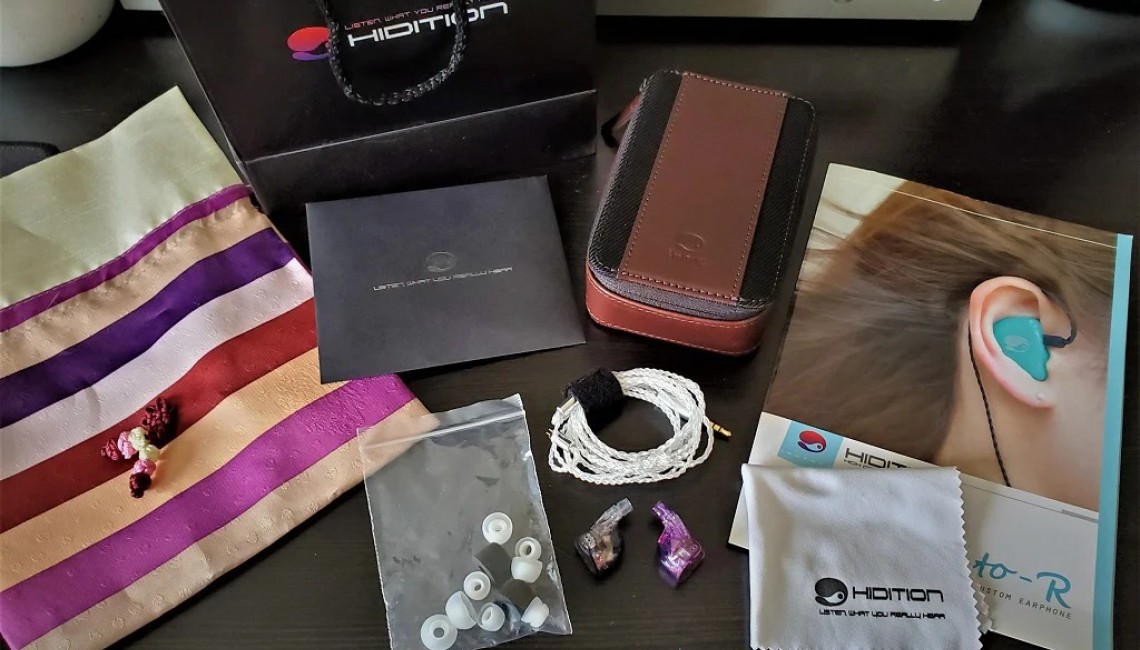
The sound signature varies depending on which switch settings are used. There 4 settings total, the default “A” setting, which is quite similar to Etymotic’s take on Diffuse Field with a slight bass boost that makes it just a smidgen higher than flat. The “B” setting is very similar to an earlier version of the Harman Target curve, with a 4 dB bass shelf added to the “A” setting. The “C” setting bumps the mid-range up and gives it’s a warmer tuning, and the “D” setting bumps both the low-end and mid-range giving it a more V-shaped signature, albeit not as bassy as typical V-shaped signatures would sound like.
While I have not heard the custom in-ear version, I’ve been told that the universal one has a little more treble gain due to the fit, and so these impressions will be primarily based on what I hear using the universal fit. The custom version seems to graph quite similarly, albeit with a slightly more extended treble response, to the ER4 series of IEMs, for reference.
The measurements below are using silicone tips which exacerbate the 7-8KHz peak. With foam tips, the measurement is toned down a bit. This is shown below in my Viento-B measurement.
Bass on a whole isn’t the strongest suit for the Viento, and those that are looking for bass-focused IEM really need to look elsewhere. The Viento’s bass response is clean, articulate, and rather subdued, even on it’s B and D settings. For me, I find it very ideal, especially somewhere between the A and B modes. As these are presented using balanced armatures, bass response is quick and nimble, and only carry weight when used with the bass switch on. The “A” setting, still, can have a perfect amount of bass, especially if you’re coming from the Etymotics ER4/ER3 series where there is roll-off in sub-bass.
The mid-range is fantastic on this set. This is noticeably the most coherent IEM I’ve heard to date. Everything is presented from low to top, in a beautiful smooth and elegant display of music. Tonality across the mid-range is really perfect for acoustic music in my eyes, with its reproduction making me feel more and more motivated to listen to classical, bluegrass, and jazz music endlessly. When it comes to rock music, the mid-range presents everything equally weighted, however, some may find male voices a tad lean and with the brighter treble, and sharper upper mid-range, female vocals can come off a little shrill. This isn’t much of a problem for me as I really enjoy how vocals are presented on this in-ear, with most of the problems I’ve experienced having a lot to do with poor pop recordings.
And that’s where the issues really do start to show itself. For me, I never found the treble region to be a problem until I listened to modern pop music. The lifted upper range really makes sounds come off with great airy soundstage and a little bit of zing to add flavor to songs putting them just a bit brighter than neutral. I’m told with the CIEM version, the treble isn’t so elevated, since the IEM is placed deeper in your ear canal.Back to the previous thought – I’ve been using this one song lately to test pop recordings and how tame the IEM is in handling sibilance and just general overly-extended treble gain – when the recording studio goes a little excessive on the knobs.
Tegan & Sara’s “Boyfriend” has a lot of sibilance right around the 47 second and 1:47 mark of the song, when they sing out “I don’t want to be your secret anymore.” The “s” sound can be rather sibilant on some IEMs where treble is exaggerated. The song immediately follows up with, “I’m trying to honest cause I can’t relax. When I get around you, I can’t hide the fact. I let you take advantage cause it felt so good. I blame myself for thinking we both understood.” As you can see, there’s a lot of sibilant consonants in this verse, which can be rather painful on some IEMs.
My other main IEM that I use in the qdc Anole VX, and it too also has a treble rise between 7 and 9 KHz, and can also accentuate some sibilance on really exaggerated recordings. It also struggles with the specific song, and becomes worst with volume increase. The same is said with the Viento-R universal.
Despite also having wide-ranged vibrato vocals, First Aid Kit’s “Emmylou” sounds really pleasant and never harsh with the Viento in all modes, while really standing out on either A or B settings, which quickly became my preferred choices. With either of these, each acoustic guitar pluck felt intricate and masterful, and the steel pedal was full of texture and detail.
When I listen to a song like GoGo Penguin’s “Hopopono,” which is a fusion of jazz, classical, and post-rock, I find the imaging and soundstage of the Viento really shine here. There’s an abundance of little details that pop out and they come from different locations. Cymbals crashing to my left, sliding off the strings on the double bass on my right, piano coming right down the center but slight higher in the scene. Even when I mentioned that the low end does lack a little bit of weight, the bass guitar and kick drum and snares have good impact and you feel every pluck and every hit, though tamer than an IEM or headphone with more elevated bass.
For this type of music, I prefer the levels to be where the “B” setting resides, because any more and I feel like the drums and bass would dominate the piano portions of this band’s music. Subbass is very good for this IEM despite it’s lower gain. I feel the housing rumbling or at least having the impression of it rumbling in my ear when bass notes hit low. It’s quite a feeling that I can’t really say I’ve heard elsewhere in such a clean, clear and highly textured way.
Nickel Creek and Allison Krauss & Union Station are two really wonderful bluegrass bands that cross-over to indie rock and add bits and pieces of pop, jazz and other genres to their music, and I find this music really exemplifies the Viento’s tuning and capabilities. It handles fast, busy sections well, and bluegrass music tends to have very technical mandolin, guitar, and fiddle sections.
--------------- Click here for detailed post ---------------

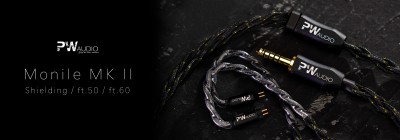
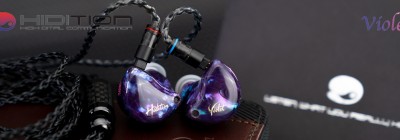
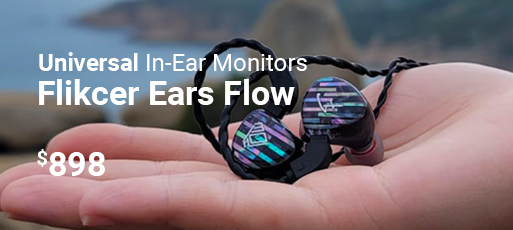
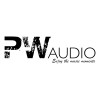

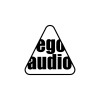





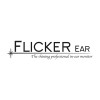
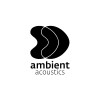


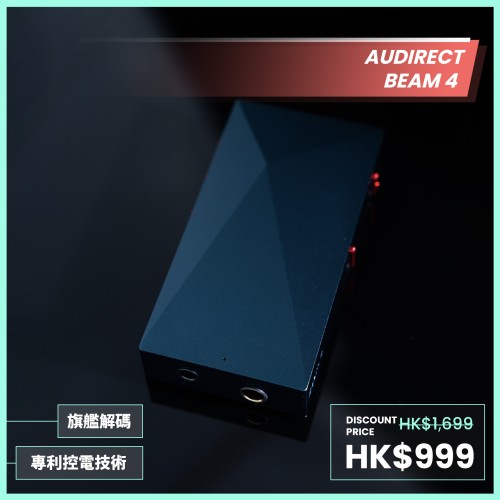
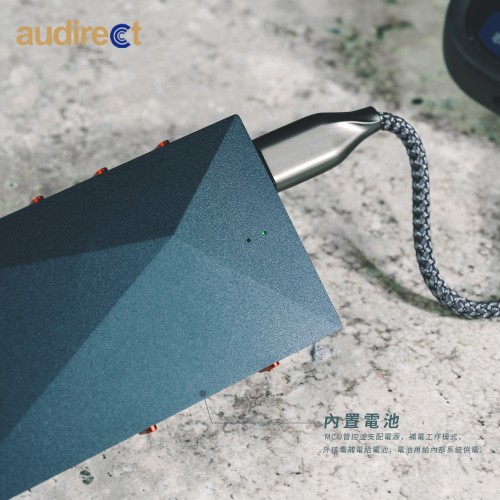

-500x500w.jpeg)



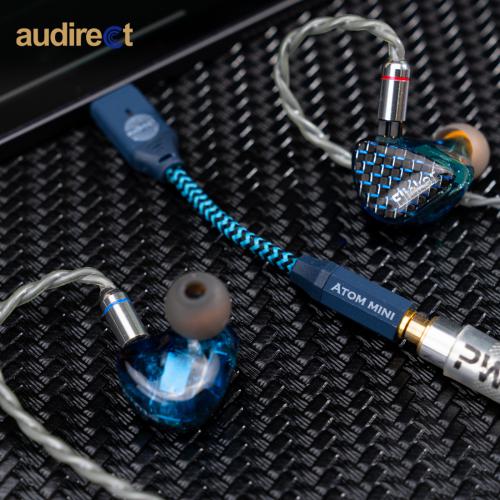
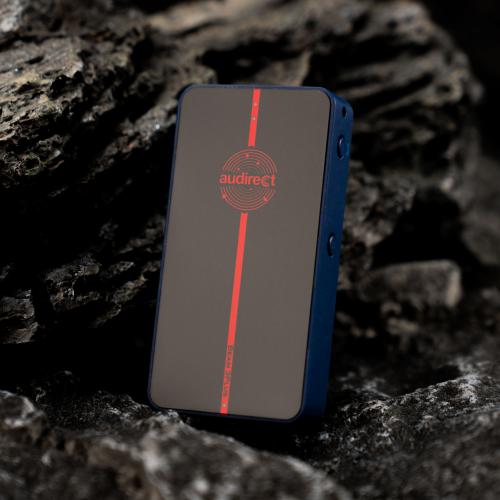
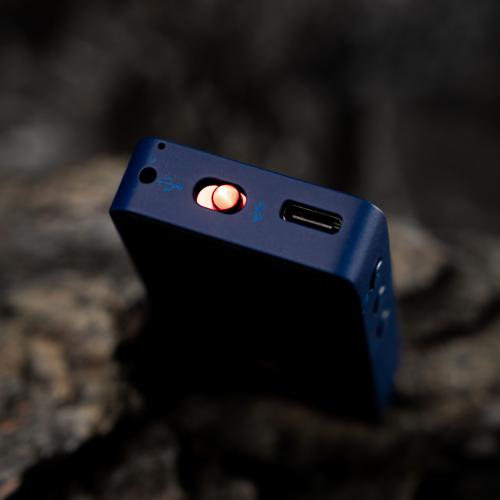

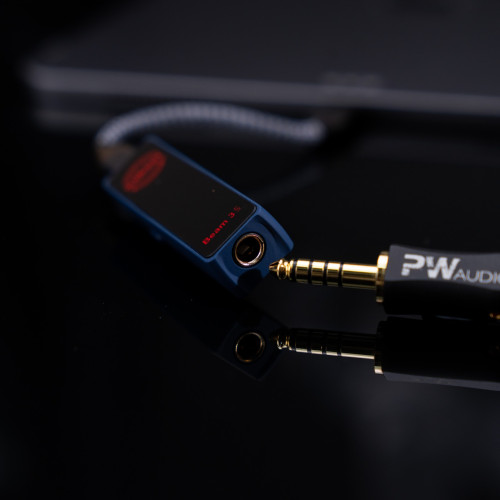
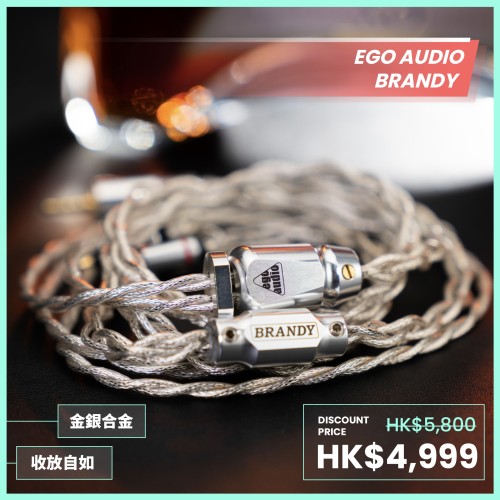

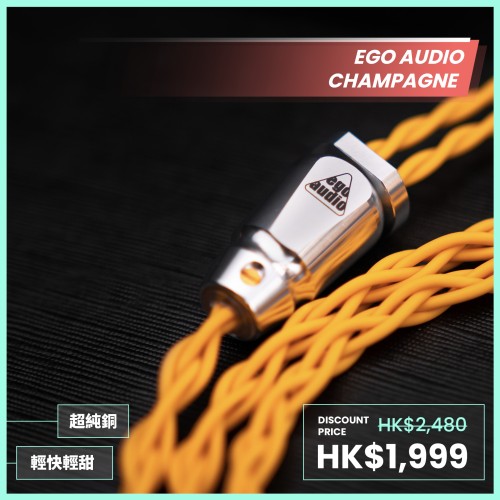

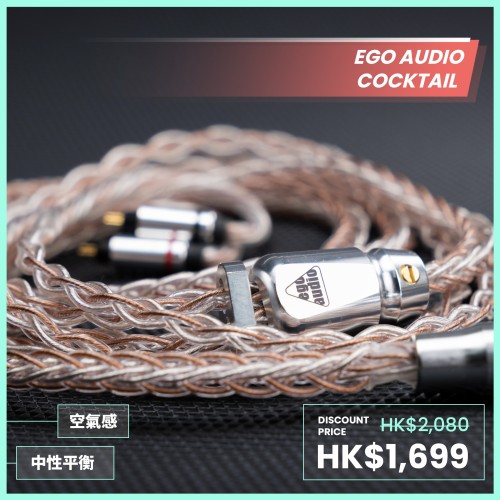

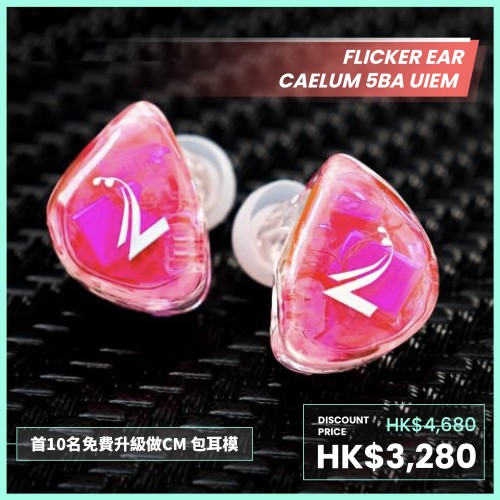

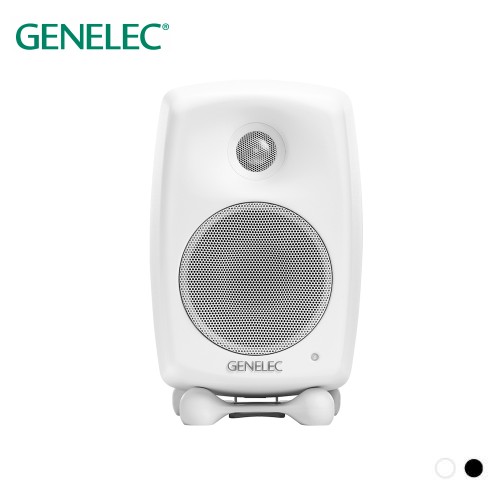
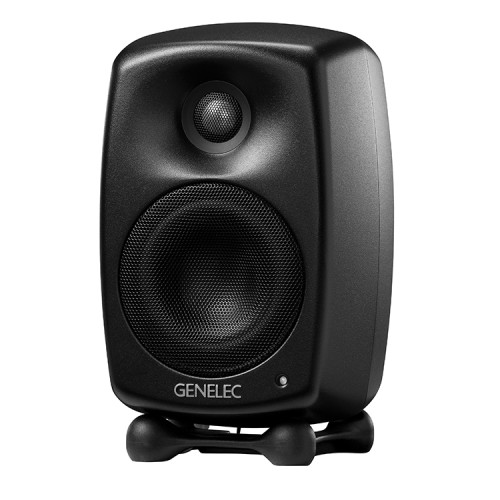
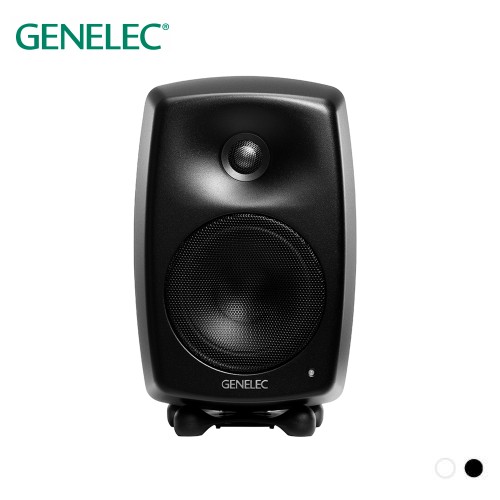
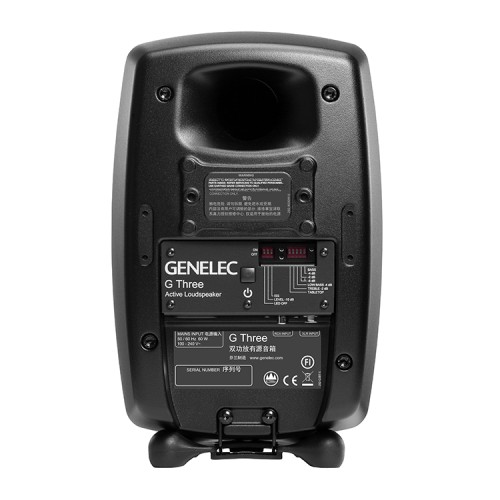
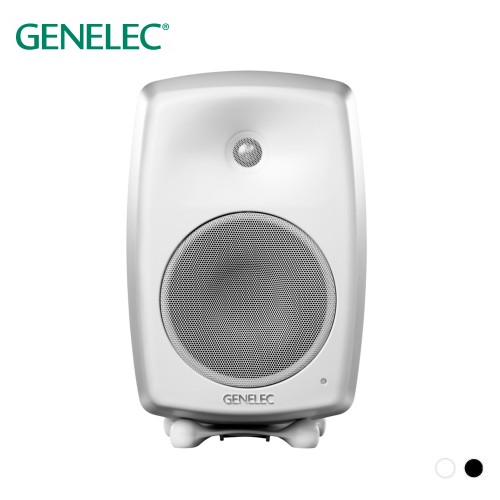
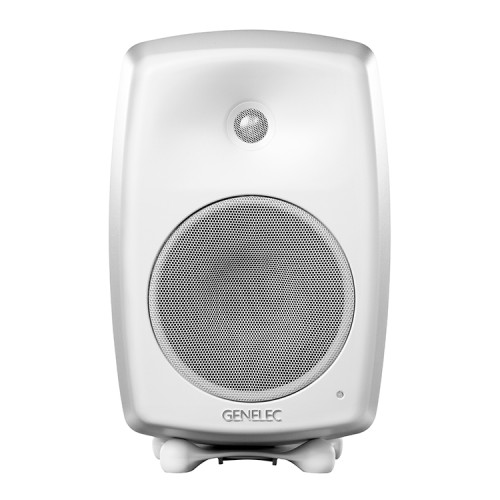
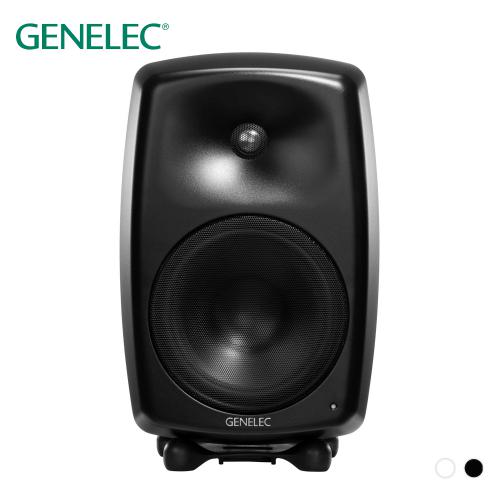
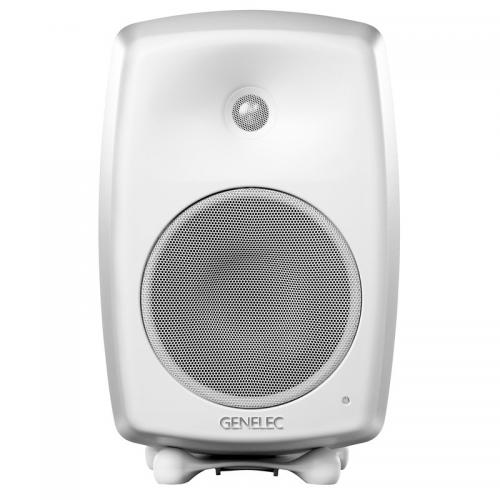
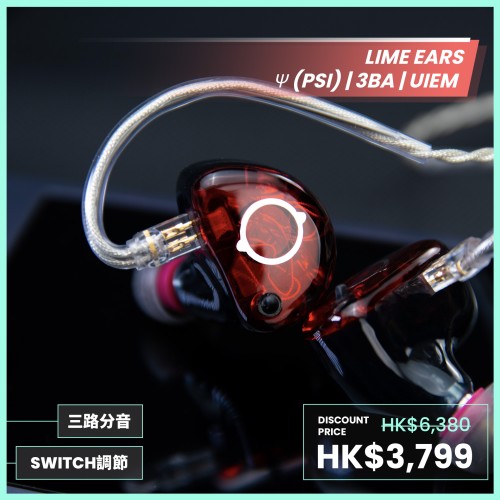
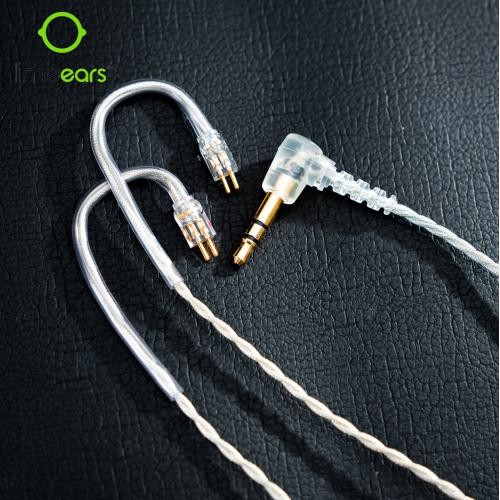

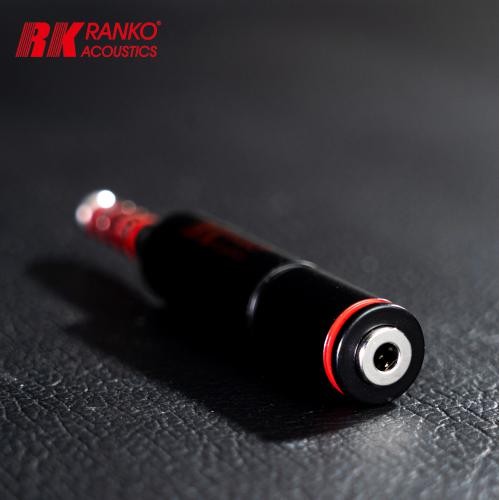

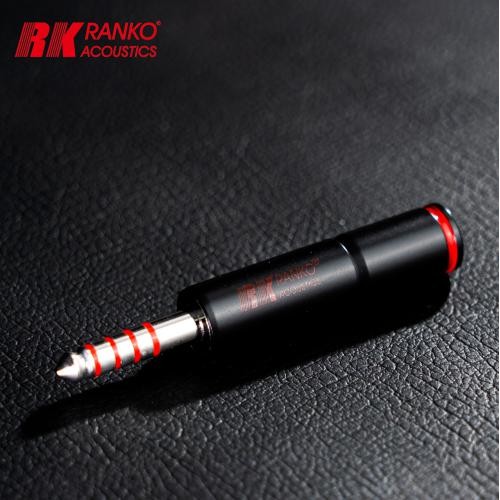

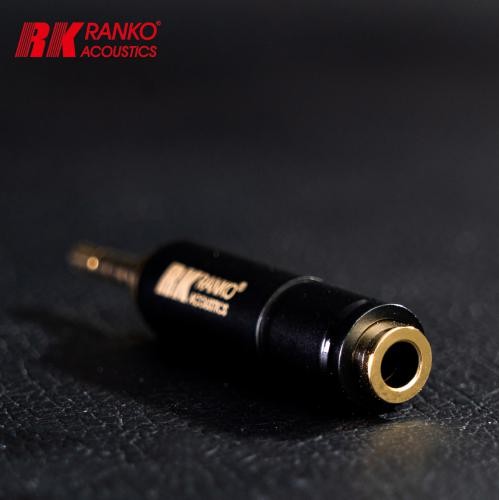
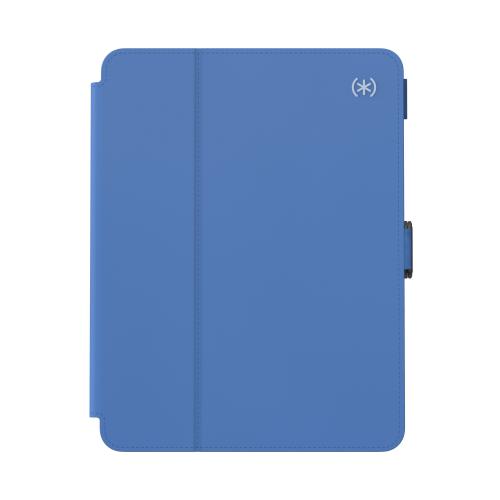
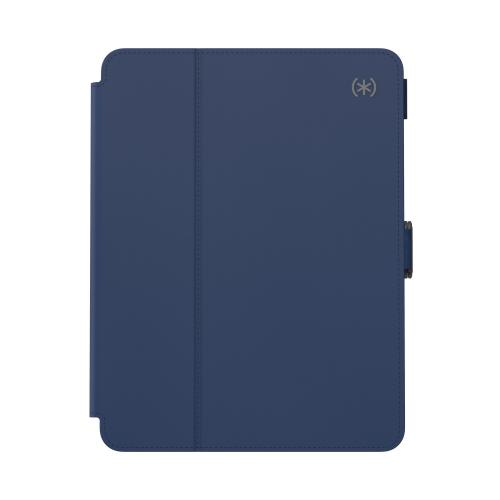


Leave a Comment